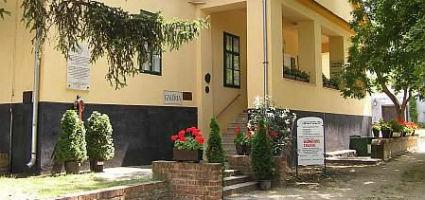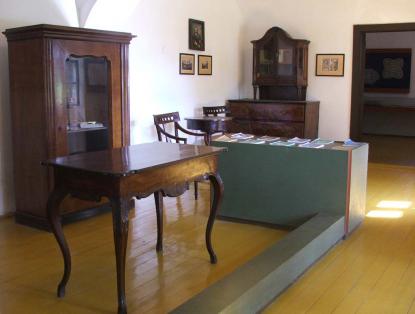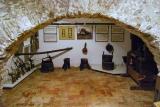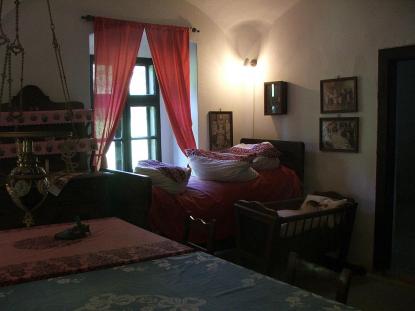2024. April 25. Thursday
Szántódpuszta Tourist and Cultural Center - Szántódpuszta
 |
Address: 8622, Szántódpuszta Szántódpuszta
Phone number: (84) 348-946, (84) 348-714
E-mail: szantodpuszta@gmail.com
Opening hours: 14.04-15.10.: 8:30-18
|
The Europa Nostra awarded Szántódpuszta in 1994 is maintained by the Helikon Castle Museum Public Company. The several hundred year-old building complex of the Szántódpuszta farmstead from the 18-19th centuries is located by the south part of the Lake Balaton along road no. 7.
Nearly thirty buildings preserve the original view of the manor. A Tourist and Cultural Centre hosts several fine art-, cultural history and folk showings.
Szántódpuszta was first mentioned in the Tihany Deed of Foundation written in 1055. It states that King András I bestowed the estate to, among others, Benedictine monks during the time of the establishment of the Tihany Abbey. In its present state, the bleak is a reminder of its looks 150-200 years ago.
The castle is one of the oldest buildings. It served as dwelling house of the head farmer or the forest engineer. The castle was finished by 1716. At present, an office is run, as well as various temporary and permanent exhibitions are open in the building.
Nearly thirty buildings preserve the original view of the manor. A Tourist and Cultural Centre hosts several fine art-, cultural history and folk showings.
Szántódpuszta was first mentioned in the Tihany Deed of Foundation written in 1055. It states that King András I bestowed the estate to, among others, Benedictine monks during the time of the establishment of the Tihany Abbey. In its present state, the bleak is a reminder of its looks 150-200 years ago.
The castle is one of the oldest buildings. It served as dwelling house of the head farmer or the forest engineer. The castle was finished by 1716. At present, an office is run, as well as various temporary and permanent exhibitions are open in the building.


